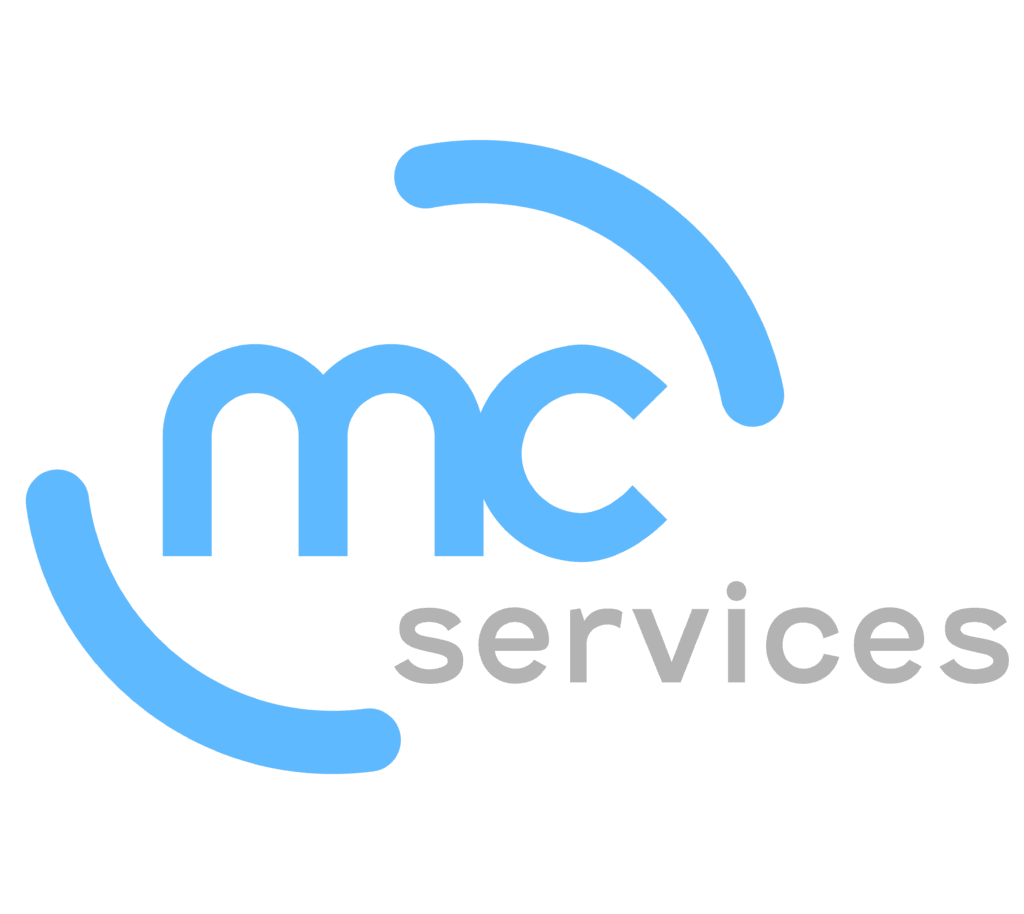In July of 2008, Apple unveiled its App Store to the world. While it wasn't the first marketplace for the digital distribution of mobile software, it emerged as one of the most valuable brands in the world, according to Forbes. Less than a decade later, it is preparing to enter the next phase of its technology platform. Plenty of mobile app developers have felt that Apple's App Store has done little in the way of updates. In fact, neither Apple nor its major competitor (Google) have made any drastic changes to their app stores for quite a while. But at the Worldwide Developers Conference, Apple revealed big plans to take their development of apps to the next stage.
But what does that mean for developers, businesses, consumers and even Apple's largest rival, Google?
The three-pronged App Store shake up
Apple's senior vice president of worldwide marketing, Phil Schiller, revealed three major changes just around the corner for iPhone users and developers everywhere, according to the Verge:
1. Tightened app review times
The review processes for iOS-compatible apps were always supposed to take five working days, but in all reality, the timeline often stretched well beyond that, according to Tech Crunch. Many businesses and developers have been frustratingly left powerless to proceed until they receive approval from Apple, and are forced to lose revenue in the meantime. Schiller acknowledged the issue and maintained that Apple could slash current review times. Half of all submitted apps will be reviewed within 24 hours of receipt, and about 90 percent are expected to be completed within the first 48 hours.
2. Open up app subscriptions
As it stands right now, the established 70/30 split for iOS apps will remain intact. That means developers who sell over the App Store will collect 70 percent of revenues while 30 percent goes to Apple. But the under new subscription guidelines, the split would change to reflect an 85/15 split in favor of developers who can retain a customer over a 12-month time period. The model is meant to help developers reap the benefits of their hard work.
3. Search ads for apps
With all of the iPhone developments, it is perhaps this change that will get noticed the most by users everywhere. Apple is introducing paid search results to its discovery tools. Schiller acknowledged that about 65 percent of all downloads come from user searches within the App Store, so there's plenty of potential for businesses looking to get their searchable apps out there.
The response from Mountain View
Because of the fact that the marketplace for apps is essentially a two-horse race (between Apple and Google), it is easy to see why Google might take notice of such a thing. Despite the market shares across the entire mobile operating system landscape favoring the Android platform (82.8 percent compared to 13.9 percent for iOS, according to IDC), Google has always managed to convince developers to bring apps to their devices.
But in an effort not to be outdone by its rival, Google announced an 85/15 revenue split for subscription apps with an added bonus of removing the 12-month subscription restriction that's utilized by Apple. Developers who build a subscription to their model will benefit from the new split right away.
The new model has been tested out by Google for over a year already, according to Recode. And although the model was mostly tested in a limited format, opening up the plan to the entire Google Play Store is another way for the company to distinguish itself to developers as an advantageous company for mobile apps.
What to expect from the new app environment
If you're a developer, you can expect that Apple's new model will soon be adopted in other places. Moving toward a subscription model over a one-time purchase will theoretically provide an ongoing stream of revenue for successful apps which can then be utilized to bankroll new projects and improve upon old ones, not to mention increase your overall profits.
For consumers, on the other hand, there may be a little more anxiety when it comes to the shift in pricing. If existing apps make the transition to this type of model, users may find themselves juggling a number of subscriptions which may ultimately lead to decisions regarding which ones you actually enjoy. The argument for developers to have a more consistent funding stream should, in turn, apply to more sophisticated apps as well. No only will people benefit from regularly updated hardware and operating system platforms on both Apple and Android devices, but they will enjoy greater functionality and, overall, capability of the devices. Although users may pay more, what they get in return should make the added cost worth it.
The deciding factor should ultimately not be the price, but the software itself. Should your business require an app that customers will be happy to pay for, having a skilled and experienced development team on your project is critical. Speak to one of the professionals from MC Services today!
